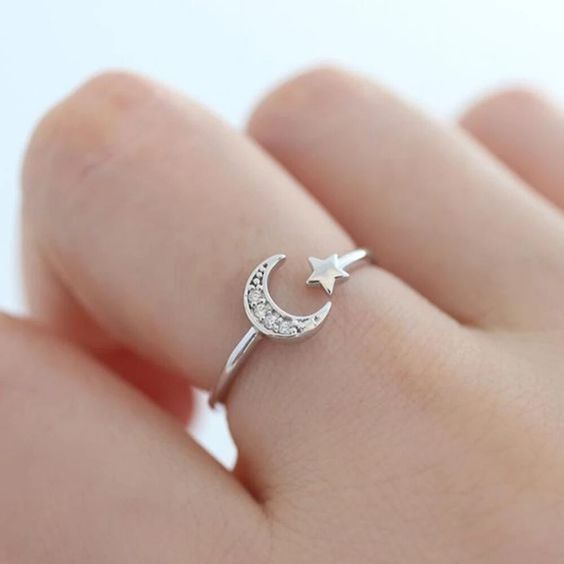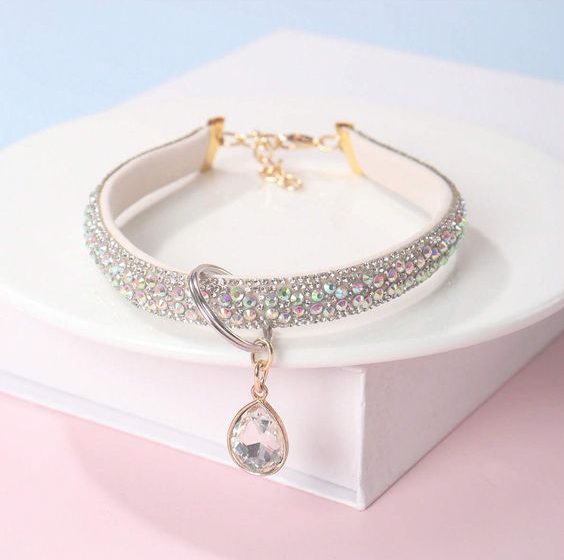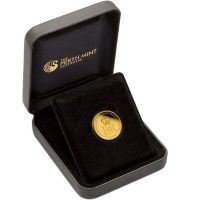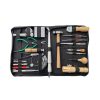Page table of contents
Introduction
The diamond industry is a complex and ever-evolving market, with prices influenced by various factors. One influential source of diamond pricing information is the Rapaport Diamond Report. Established by Martin Rapaport in 1978, the Rapaport Diamond Report (commonly known as the Rapaport Price List) is a widely recognized and respected pricing guide in the diamond industry. In this article, we will explore the significance of the Rapaport Diamond Report, its methodology, and its impact on diamond pricing. So, let’s dive into the world of the Rapaport Diamond Report and uncover its secrets.
Table of Contents
- The Role of the Rapaport Diamond Report in the Diamond Industry
- Methodology: How the Rapaport Diamond Report Determines Prices
- Factors Affecting Rapaport Diamond Prices
- Criticisms and Controversies Surrounding the Rapaport Diamond Report
- The Future of the Rapaport Diamond Report
- Frequently Asked Questions (FAQ)
- Conclusion
1. The Role of the Rapaport Diamond Report in the Diamond Industry
The Rapaport Diamond Report serves as a benchmark for diamond pricing and is widely used by diamond traders, jewelers, and industry professionals. It provides a standardized pricing structure based on diamond quality, allowing for consistency and transparency in the market.
The report is published on a weekly basis and includes a comprehensive list of diamonds categorized by size, shape, color, and clarity. It also provides price ranges for each category, allowing buyers and sellers to negotiate prices based on the Rapaport Price List.
The Rapaport Diamond Report is not only a pricing tool but also a source of market information. It provides insights into market trends, supply and demand dynamics, and other factors that can impact diamond prices. As a result, the report plays a crucial role in shaping the diamond industry and facilitating fair and informed transactions.
2. Methodology: How the Rapaport Diamond Report Determines Prices
The Rapaport Diamond Report determines prices based on a combination of market analysis, expert opinions, and historical data. The pricing methodology takes into account the 4Cs (carat weight, cut, color, and clarity) as well as market trends and industry standards.
The prices listed in the Rapaport Diamond Report are wholesale prices, intended for diamond traders and industry professionals. These prices serve as a starting point for negotiations and may vary depending on factors such as the reputation of the seller, the specific characteristics of the diamond, and market conditions.
It’s important to note that the Rapaport Diamond Report does not provide fixed prices for individual diamonds. Instead, it offers price ranges based on the quality and size categories. The final price of a diamond is determined through negotiations between the buyer and seller, taking into consideration the specific characteristics of the diamond and market conditions.
3. Factors Affecting Rapaport Diamond Prices
Several factors can influence the prices listed in the Rapaport Diamond Report. These factors include:
Market Supply and Demand
The availability of diamonds and the level of demand in the market can impact prices. If the supply of diamonds exceeds the demand, prices may decrease. Conversely, if demand exceeds supply, prices may increase. The Rapaport Diamond Report takes these supply and demand dynamics into account when determining price ranges.
Economic Conditions
Economic conditions, both globally and regionally, can affect diamond prices. During periods of economic growth and stability, consumer demand for diamonds tends to increase, leading to higher prices. Conversely, during economic downturns or times of uncertainty, consumer spending on luxury goods like diamonds may decrease, resulting in lower prices.
Currency Fluctuations
Currency fluctuations can also impact diamond prices. As the diamond market is global, changes in exchange rates can affect the cost of diamonds in different countries. For example, if the value of the U.S. dollar strengthens against other currencies, the price of diamonds in U.S. dollars may decrease.
Market Competition
Competition among diamond traders and jewelers can influence prices. If there is intense competition for a particular diamond category, prices may be driven up. On the other hand, if there is less competition, prices may be more negotiable.
4. Criticisms and Controversies Surrounding the Rapaport Diamond Report
While the Rapaport Diamond Report is widely used and respected, it has also faced criticism and controversies over the years. Some of the main criticisms include:
Lack of Transparency
Critics argue that the Rapaport Diamond Report lacks transparency in its pricing methodology. The exact calculations and data used to determine prices are not publicly disclosed, leading to concerns about potential biases or inaccuracies in the pricing.
Limited Scope
The Rapaport Diamond Report primarily focuses on round brilliant diamonds, which are the most popular and widely traded diamond shape. Critics argue that this limited scope may not accurately represent the pricing of other diamond shapes, such as princess or emerald cuts.
Slow to Reflect Market Changes
Due to its weekly publication schedule, the Rapaport Diamond Report may not always reflect real-time market changes. Prices can fluctuate rapidly in the diamond industry, and the report may not capture these fluctuations immediately.
5. The Future of the Rapaport Diamond Report
As the diamond industry continues to evolve, the future of the Rapaport Diamond Report remains uncertain. With advancements in technology and the rise of online diamond marketplaces, the traditional pricing model may face challenges.
However, the Rapaport Diamond Report still holds significant influence and is likely to remain relevant in the industry for the foreseeable future. Its long-standing reputation and widespread adoption make it a trusted source of diamond pricing information.
6. Frequently Asked Questions (FAQ)
Q1: How often is the Rapaport Diamond Report published?
The Rapaport Diamond Report is published on a weekly basis.
Q2: Can individuals access the Rapaport Diamond Report?
The Rapaport Diamond Report is primarily intended for diamond traders and industry professionals. However, some online platforms may provide access to the report for a fee.
Q3: Are the prices listed in the Rapaport Diamond Report fixed?
No, the prices listed in the Rapaport Diamond Report are not fixed. They represent price ranges based on diamond quality and size categories.
Q4: Can the Rapaport Diamond Report be used as a guide for retail diamond prices?
While the Rapaport Diamond Report provides valuable market insights, it is primarily focused on wholesale diamond prices. Retail prices may vary based on additional factors such as branding, setting, and retailer markups.
Q5: Are there alternative diamond pricing reports to the Rapaport Diamond Report?
Yes, there are alternative diamond pricing reports available in the market. Some notable ones include the International Diamond Exchange (IDEX) Price Report and the Gemological Institute of America (GIA) Price List.
Conclusion
The Rapaport Diamond Report plays a significant role in the diamond industry, providing a standardized pricing structure and market insights. While it has faced criticism and controversies, its long-standing reputation and widespread adoption make it a trusted source of diamond pricing information. As the industry continues to evolve, the future of the Rapaport Diamond Report remains uncertain, but its influence is likely to endure.






































































































